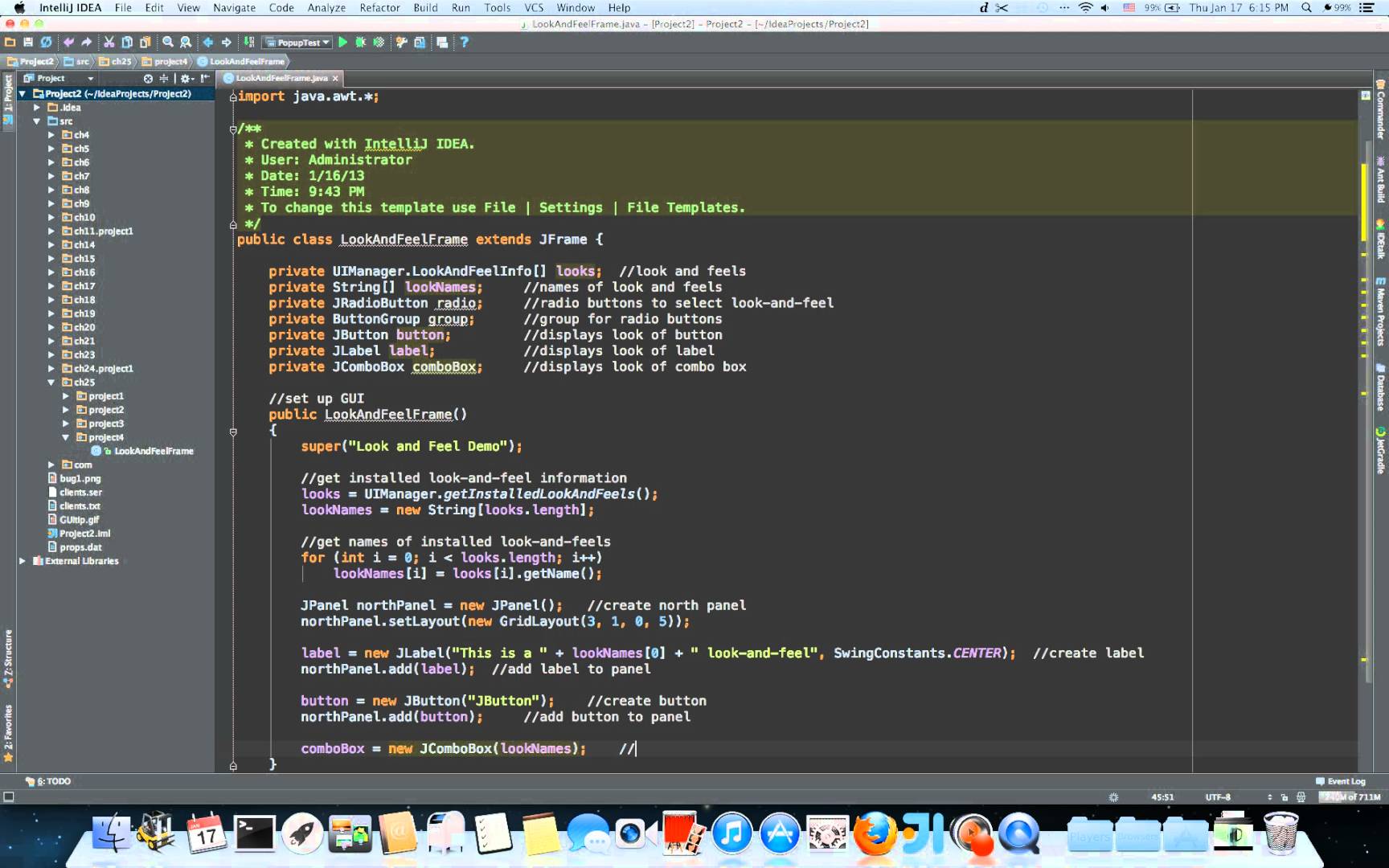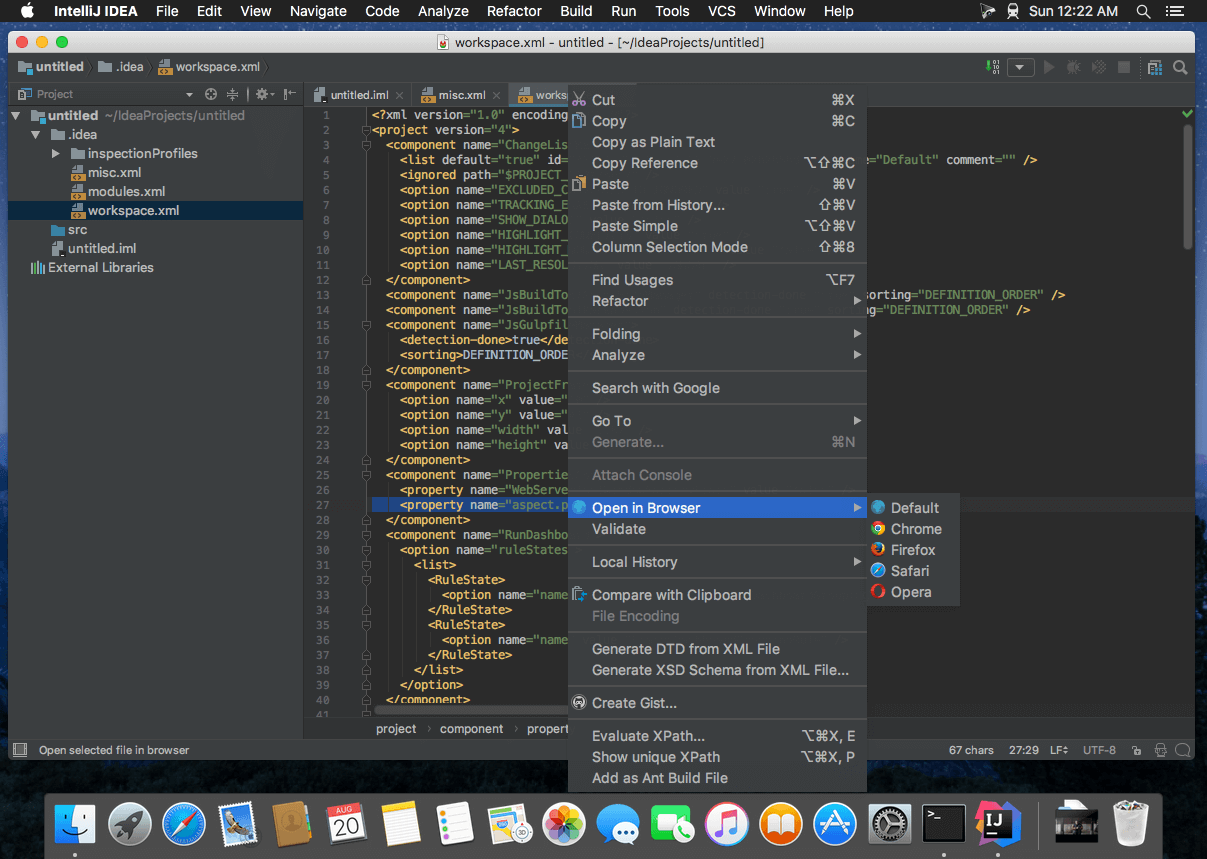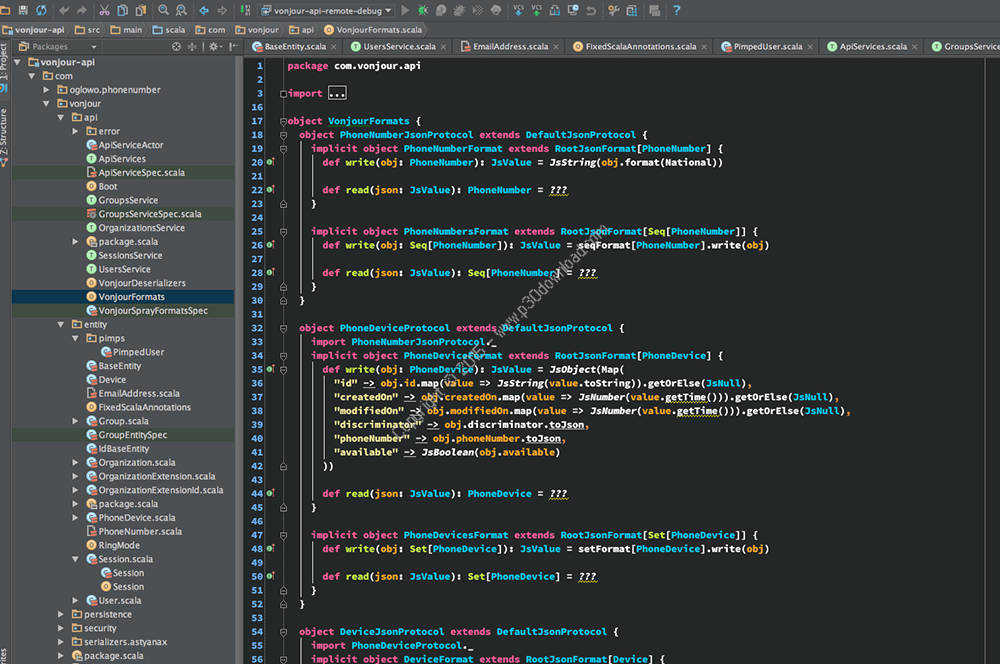
Splitting helps create different editor layouts, organize tabs into groups, and edit multiple files at the same time. Each pane can be positioned vertically or horizontally: You can split the editor window into as many panes as you need, each one containing one or more tabs. Splitting the editor window divides it into individual panes.
#UNDOCK INTELLIJ MAC OS X#
On a Mac OS X computer, you can also use the three-finger right-to-left and left-to-right swipe gestures. You can also use Navigate | Last Edit Location ( Ctrl+Shift+Backspace / Cmd Shift Backspace) to get back to the last place you were editing. It’s most useful when you need to get back to the line you were editing before navigating to an implementation/declaration/usage/etc. This approach lets you move back and forth through your navigation history. On the main toolbar, click back / forward arrows choose Navigate | Back / Forward in the main menu or press Ctrl+Alt+Left / Cmd Alt Left or Ctrl+Alt+Right / Cmd Alt Right. Going back and forth through the history of edited files.Every file/tab you switch to remembers the position of the cursor, so you can resume editing exactly where you left off. Here’s an even more convenient way to jump to any recently opened file: bring up the Recent Files window with Ctrl+E / Cmd E and just type the name of the file you want to navigate to. Invoke switcher with hotkey Ctrl+Tab or Ctrl+Shift+Tab.

The file being edited right now is highlighted.


The challenge, however, is not to get lost in zillions of editor tabs opened for each file in the editor pane.

Working with multiple files in the editor is par for the course.


 0 kommentar(er)
0 kommentar(er)
